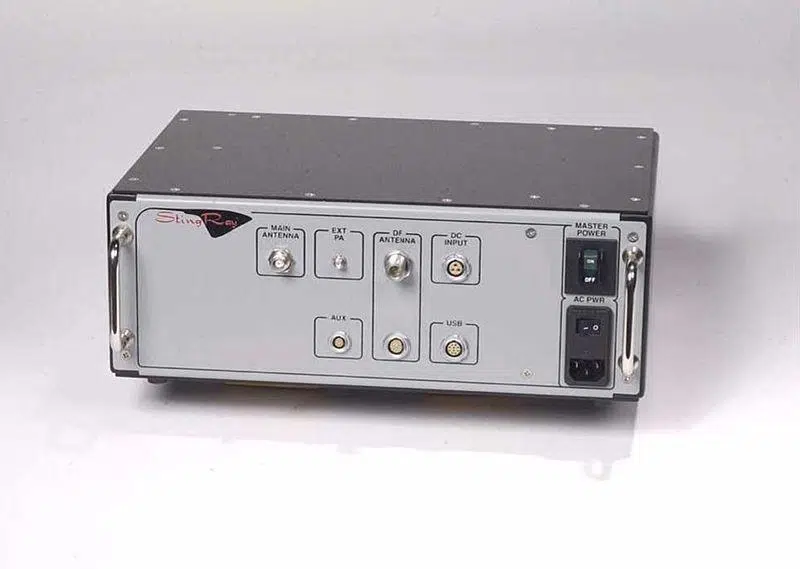
Vancouver police admit to having used mass-surveillance device StingRay
VANCOUVER — The Vancouver Police Department’s revelation that it has indeed employed a controversial mass-surveillance device despite initially insisting it had no documentation of its use raises serious legal and public accountability concerns, a civil liberties group says.
The department said it received help from the RCMP in using a so-called StingRay device during a 2007 investigation in an attempt to track down the cellphone of a person they believed had been abducted.
The admission comes after a protracted back-and-forth battle waged by both the British Columbia Civil Liberties Association and PIVOT Legal Society into whether the Vancouver police have ever used StingRay, an intelligence-gathering tool widely adopted in the United States.
StingRay mimics a cellular communications tower to trick all mobile devices within range to connect to it, giving police text and audio communication as well as the device’s location.


